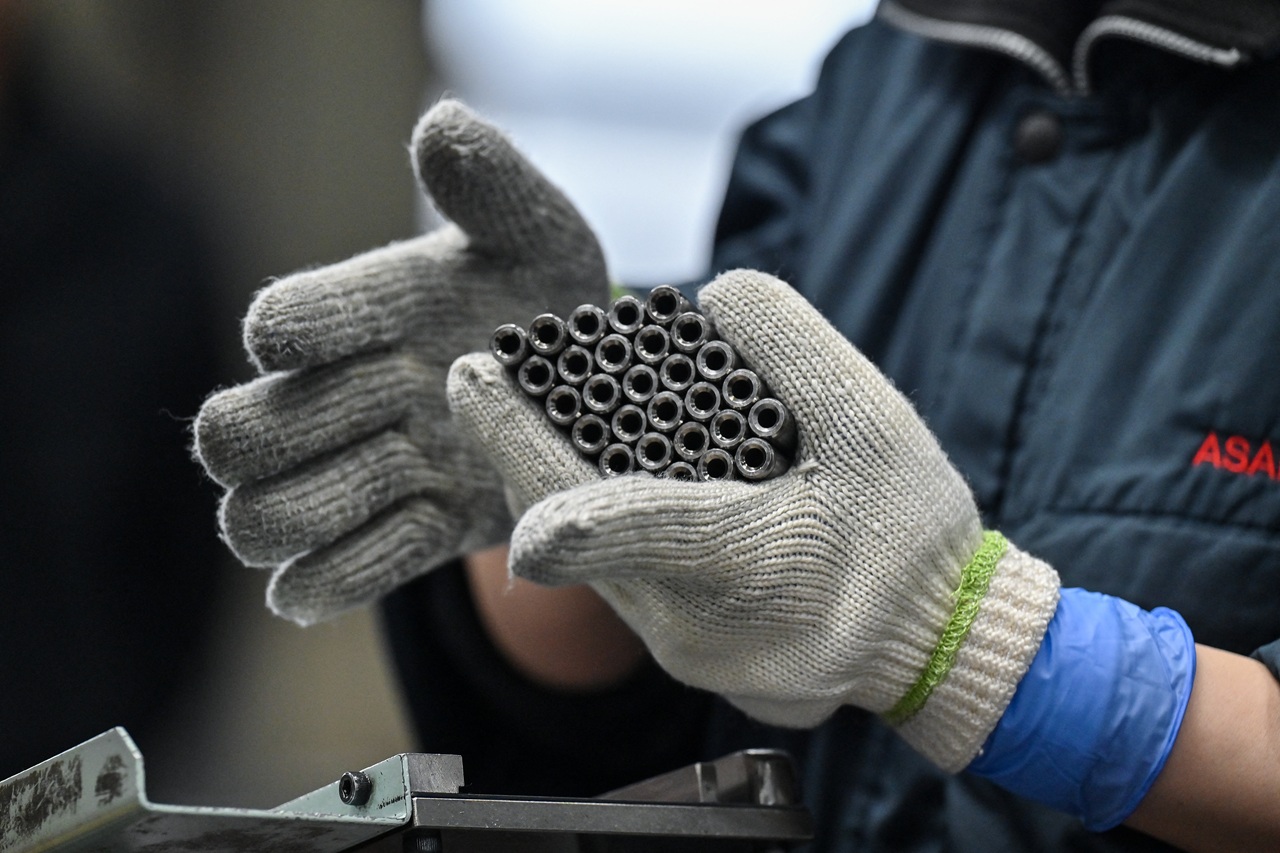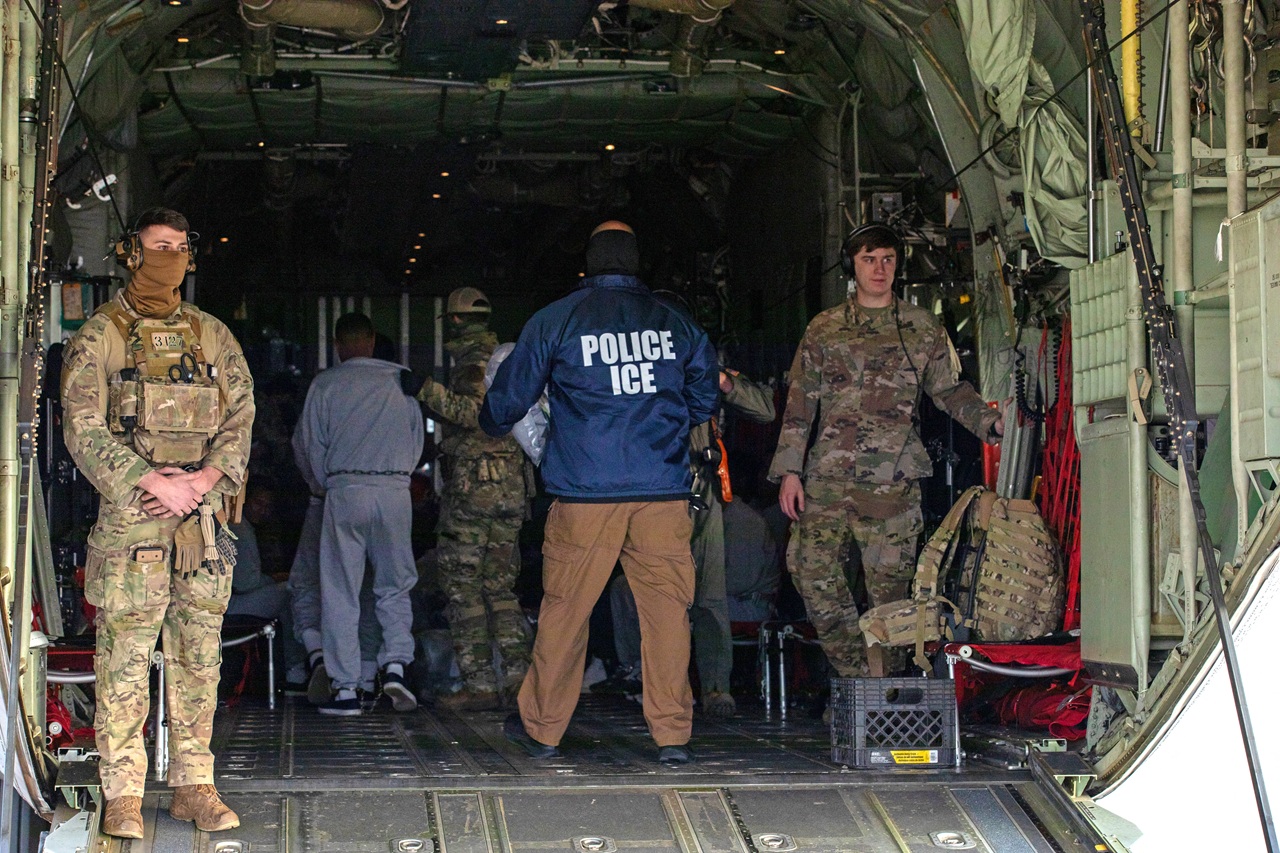
Three people shot by stray bullets this year in Philadelphia
Not to mention the hundreds of shootings and 60 homicides with intended targets. Here's what you can do about it.
At least three innocent bystanders have been struck by stray bullets this year, leaving two dead and one wounded.
Two of the incidents occurred within just the last two weeks.
Last night, a 16-year-old girl had just taken her dog for a walk near her home in Hunting Park. She stopped to chat with her sister on the front steps of their house when she heard a burst of gunfire. Police officials said the girl, "more than likely" not the intended target, was shot once in the thigh. She treated her wound inside until paramedics took her to hospital, where she was last listed in stable condition.
For 2nd time in 12 days in Phila,a teenaged girl was shot by stray bullet while on her front porch. @fox29philly pic.twitter.com/LGetUkn0LG
— Steve Keeley (@KeeleyFox29) March 25, 2016
Nadje Steedley was not so lucky.
In the late-night hour of March 12, another rogue bullet from yet another senseless shooting struck the 18-year-old in the chest as she chatted with friends on a West Philadelphia porch. She died a half-hour later at Penn Presbyterian Medical Center. For the last three months of her life, Steedley had been volunteering with the Philadelphia Anti-Violence Coalition, according to the Daily News. A vigil was held last week in her honor at the scene of the crime. There are no words.
We say at least three innocent bystanders, because beyond those incidents that make the news, there's no way to track stray bullets with absolute certainty. The Philadelphia Police Department does not keep stats on innocent bystanders in shootings across the city, a spokesperson said Friday.
On Jan. 3, there was the equally heartbreaking case of Richard Davila, 47, who was caught between two feuding drug dealers. Two intended targets were shot as well, one fatally. Suspects have been arrested in relation to the shooting, while the Davila family — like hundreds of other families rocked by gun violence each year in Philadelphia — continues to grieve.
While stray bullets are particularly heinous, these incidents shouldn't diminish the scope of this problem. Intended targets and all.
Three months into the year, the city has clocked 60 homicides. It's a small but noteworthy (10 percent) increase from last year around this time, even if it's down from the the same time in 2012 and the years prior. (Between 2012 and 2013, the city's annual homicides dropped from 331 to 246. Last year, it jumped back up to 280.) Regardless, the overwhelming majority of homicides in Philadelphia happen with guns.
The last two weeks have been particularly bloody. Ten people were shot on Tuesday — at least two of which died. The shootings spanned almost every corner of the city. But in context, the concern isn't just the number of shootings. Experts say surges like the one on Tuesday could have a domino effect.
“The thing we have to be concerned about is the potential for yesterday’s 10 shootings to manifest in some other number of shootings,” Scott Charles, the Trauma Outreach Coordinator for Temple University Hospital, told Philly Mag. “This kind of violence can be exponential.”
You might recall the sweltering weekend last June in which there were 24 gunshot victims in a 48-hour window. That's only to say, yes, it can get worse.
So what can you do about it?
- Donate some dollars from your pocket or minutes from your week to Philadelphia Ceasefire, an organization that uses an evidence-based intervention program called Cure Violence. Philadelphia CeaseFire launched in the city's 22nd Police District in 2011. By the end of 2013, homicides in the district dropped from 47 to 26 annually and shooting victims from 188 to 126.
- Read up on the success of the Focused Deterrence program, a relatively new addition to a growing portfolio of evidence-based gun violence reduction strategies. In short, focused deterrence is a blended strategy of law enforcement, community efforts, and social service action. It targets not just the violent offender, but the underlying causes that fuel the tit-for-tat cycle of violence. Obviously, funding this program is tricky. It's tied up in the big-city budget. But consider telling your local legislators you'd like to see more of it in action.










LEAVE A COMMENT: